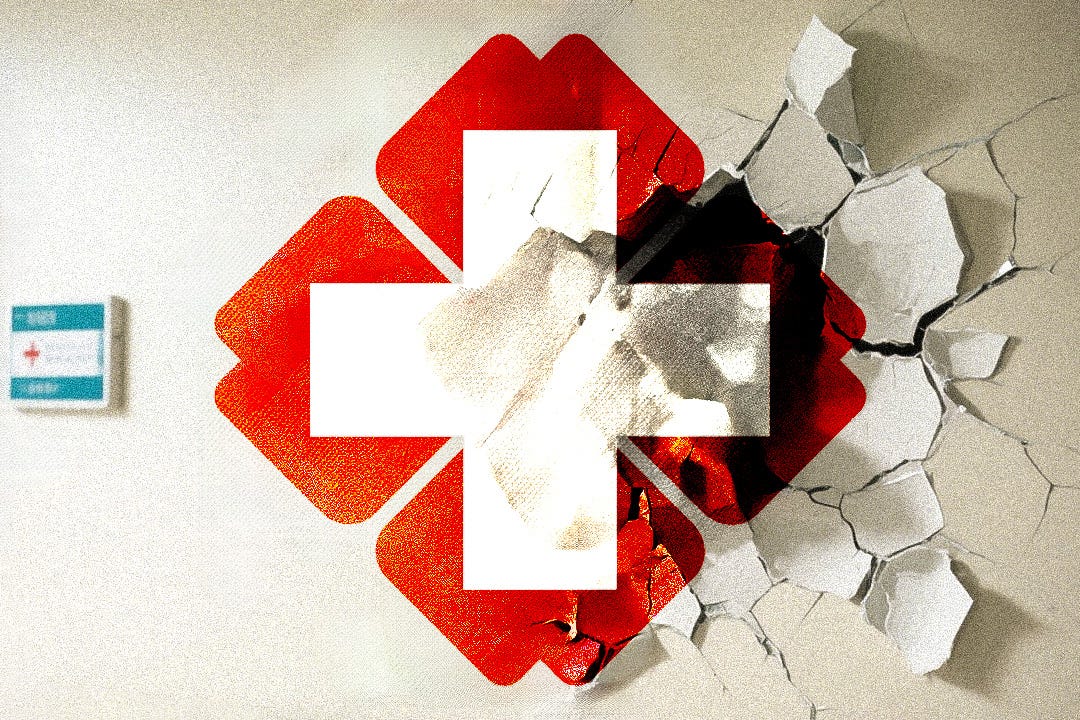In Depth: China’s Public Hospitals Face Debt Crisis Amid Health Care Reforms
Many have resorted to salary cuts and layoffs, with some staff protesting unpaid wages, as debt mounts and recent policy reforms to reduce patient costs sap revenue
During the 2000s and early 2010s, hospitals could rely on rising revenue to cover their debts. However, a series of cost-cutting medical reforms, have significantly eroded hospitals’ income base. Photo: AI generated
In the autumn of 2024, a public hospital in South China’s Guangdong province suspended operations and declared bankruptcy. Some staff were out 10 months of salary.
This case is symptomatic of a broader financial crisis facing public hospitals across China, where institutions are grappling with mounting debt and declining revenue. The situation stems from years of aggressive expansion coupled with recent policy reforms designed to reduce health care costs for patients.
Official data shows Chinese public hospitals’ total debt more than tripled between 2010 and 2021, while their asset-liability ratio rose from 31% to over 45%. Many hospitals have resorted to salary cuts and layoffs, with some staff protesting unpaid wages.
Keep reading with a 7-day free trial
Subscribe to Caixin Global China Watch to keep reading this post and get 7 days of free access to the full post archives.




